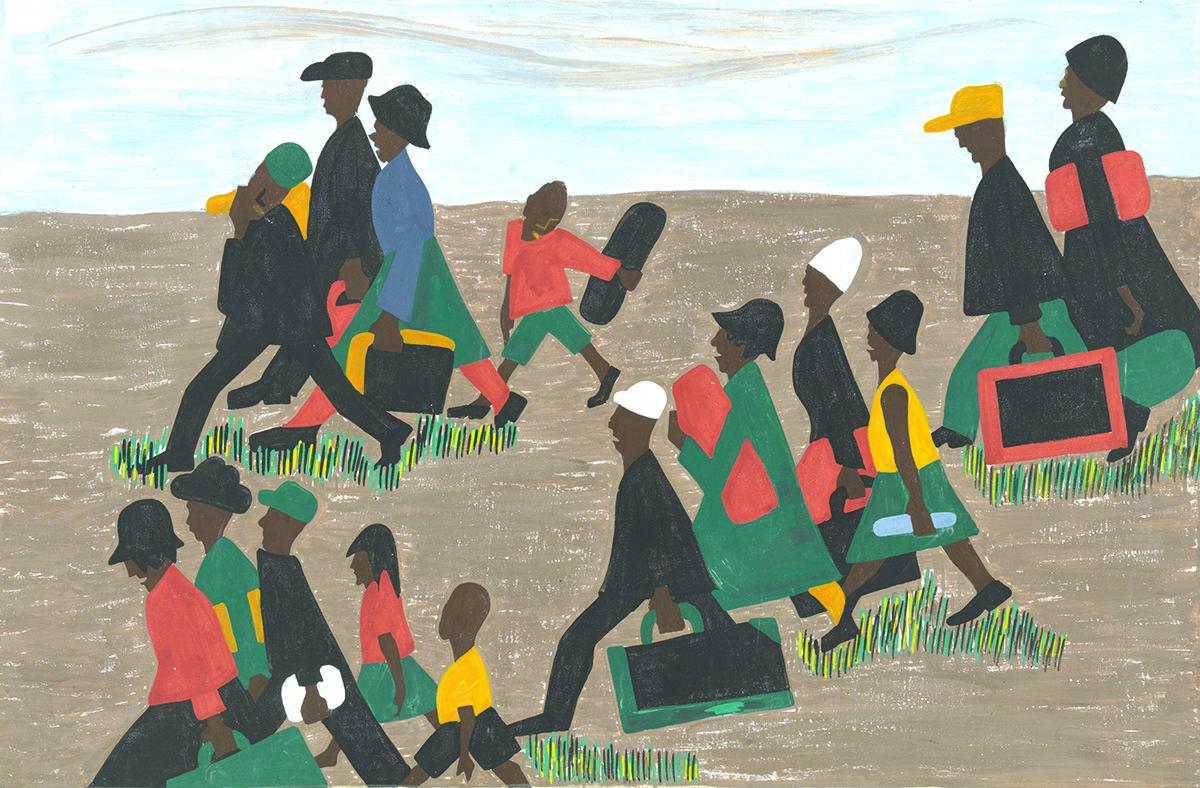Throughout these first few weeks of class, we explored the nature of relationships between slaves and their masters. In particular, we talked about how masters would often rape their female slaves as a way to produce more slaves, especially after the Trans-Atlantic slave trade was outlawed in the early 1800s. Because slaves were considered to be property and were treated as if they were animals, there was no such thing as consent for a slave. If the master said to sleep with him, there was no choice in the matter. As a result, a lot of slaves were born mixed: their father, a white slave master, their mother, a black slave. It also illustrates the type of captivity that slavery was.
Because it is currently Black History Month, copious amounts of people post Black American facts on the internet to bring awareness to the public, and one of the posts I saw mentioned Eartha Kitt, a black singer, dancer, actress, and all around performer. The post mentioned her history, so I looked further into it. Eartha Mae Keith was her birth name, and she was born on the cotton plantation where her mother worked in 1927. Her mother, Anne Mae Keith, was raped by the white son of the plantation owner, and Eartha was conceived. Kitt was even outcast by her mother’s husband because of her lighter skin. She eventually went on to become fluent in four languages and learned to sing in seven, even acted in more than thirty films. She was actually the voice actress for my favorite Disney villain, Yzma. Kitt was also an activist who spoke out against the Vietnam War and was blacklisted for it. Kitt wasn’t even allowed to know the truth about her father until 1998 after going to court over it. To me, Eartha Kitt is a reminder that even after slavery was over, black women were still being used as simply a means of reproduction. But even through her circumstances, Kitt rose up to show the world her worth.
